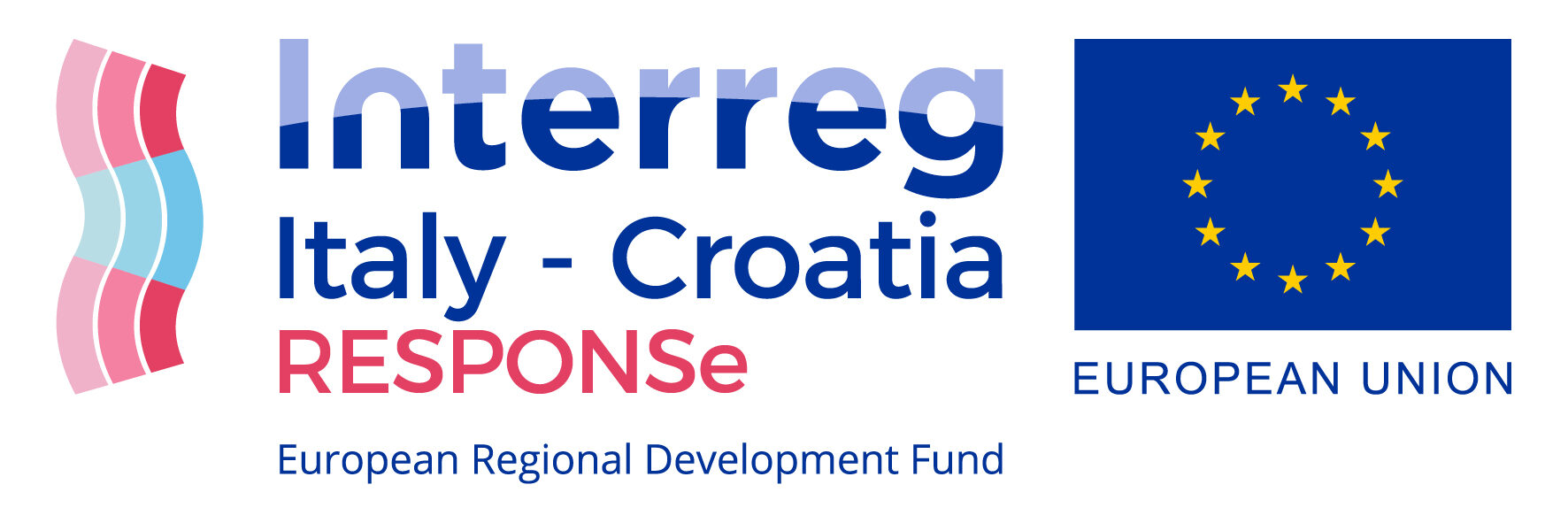Climate actions
Using seed zones that change over time and are based on regional analyses of climate change data may provide better seed sources than static seed zones. This approach may entail importing from a nearby zone seedlings that are better adapted to current or future climatological conditions. It is also important to take the necessary precautions to avoid introducing a new invasive species. The principal approaches could be: using mapping programs to match seeds collected from a known origin to planting sites based on climatic information; identifying and communicating needs for new or different genetic material to seed suppliers or nurseries; planting seedlings germinated from seeds collected from various locations throughout a species’ native range. Ecoregional and political boundaries may restrict the distance from which new species or genotypes may be imported. Cold tolerance by seedlings.
Use of genetic material
Objective
Use of seeds, germplasm, and other genetic material from a wide geographic range.
Description
Expected results
Genetic diversity enhanced.
Result indicators
Plant and animal species protected
Involved actors
Policy makers, natural experts, communities.
Expected timeline for action
Best practices
Criticalities
Scope of the action
Type of proposed actions
Sector of action
Climate impacts
Implementation scale
